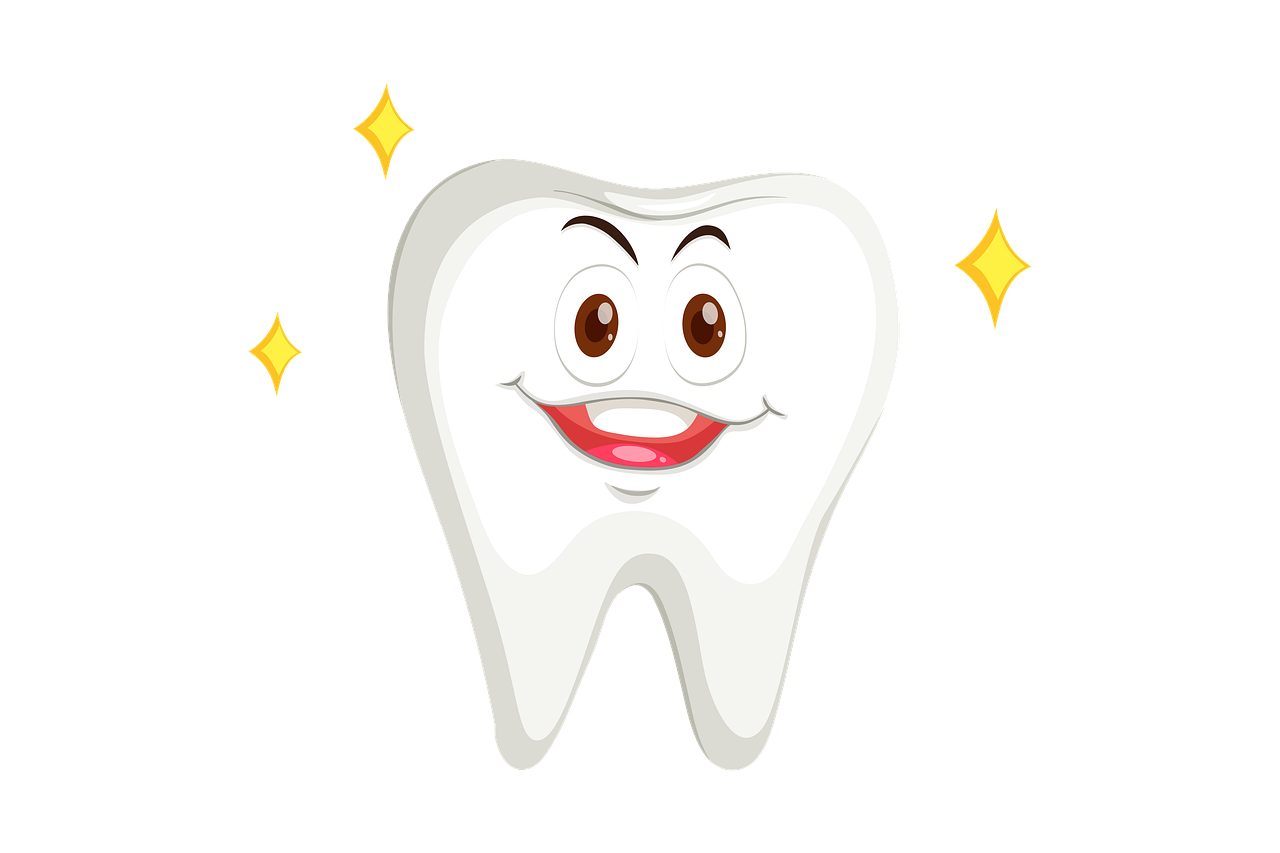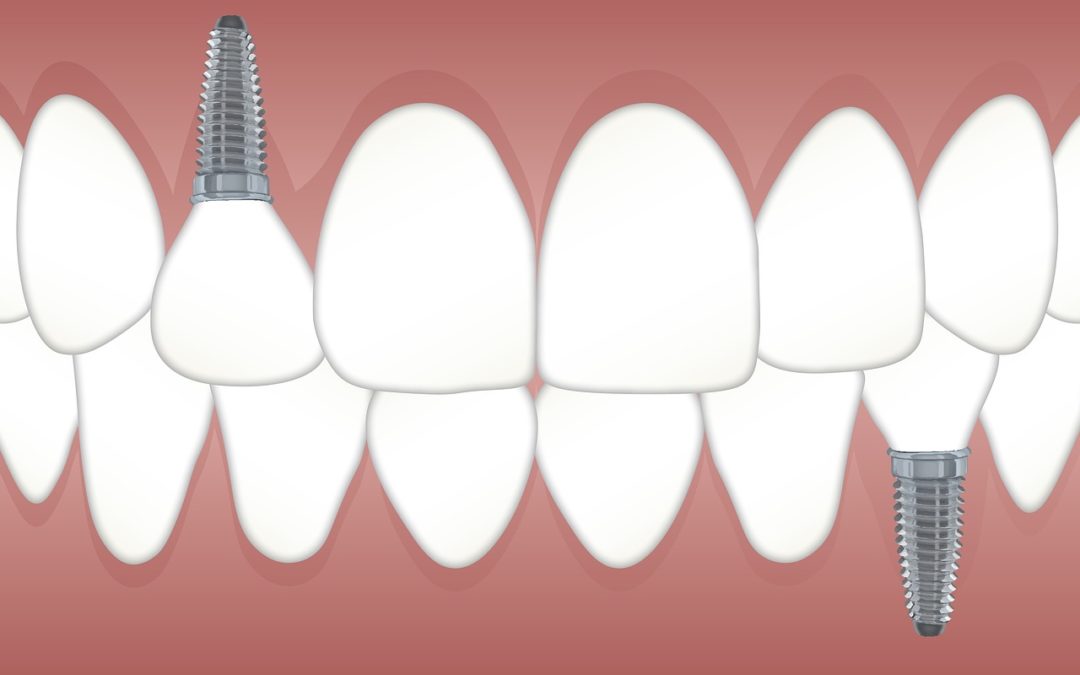If our Rancho Cucamonga Dentist discover you to be a candidate for a dental implant, we will conduct a thorough comprehensive examination and review your medical and dental history.
In addition, our Rancho Cucamonga Dentist will then figure out if you have a systemic disease that will contra-indicate the option for a dental implant. If there are no systemic medical issues, then we will take x-rays and create impressions of your teeth and gum tissue to provide a precise model of your mouth.
A single tooth dental implant will often be suggested for individuals who have experienced a traumatic injury, or who did not have a tooth erupt in the anterior area of their mouth, or who have lost a posterior tooth from previous dental decay or an unsuccessful root canal.
Exceptional Advantages Of A Single Tooth Implant
Our Rancho Cucamonga Dentists often will tell you that a single tooth dental implant may be more preferable over a fixed bridge that is attached to two or more teeth. A fixed bridge is supported by other teeth and requires our Rancho Cucamonga Dentist to cut down normal healthy teeth to support a cemented bridge.
In this case, the jawbone can start to resorb and, therefore, deteriorate. A dental implant, on the other hand, will be placed into the jawbone to serve as a root for the missing tooth. This can also help to preserve the bone.
What Is A Dental Implant?
An implant is a metal device that is surgically placed into the jawbone to replace one or more missing teeth. Our Dentist In Rancho Cucamonga will work with a dental specialist (periodontist, prosthodontist or oral surgeon) throughout the process.
Usually, there are three different aspects of a dental implant:
- The anchor (metal device that is inserted into the bone tissue of the upper or lower jaw)
- The abutment (also a metal device that is attached to the anchor by a center screw and connects the abutment to the prosthetic device)
- The prosthetic device (crown, bridge or denture)
The Surgical Process Of A Dental Implant

At your first surgical appointment, our Rancho Cucamonga Dentists will numb the area for your implant with local anesthesia. Next, the gum tissue will be cut and then flapped back. Our Rancho Cucamonga Dentist will expose the underlying bone and start to drill the bone for the actual dental implant.
Once the hole is drilled into the bone, the dental implant anchor will be inserted into this area. The gum tissue will then be re-flapped back into place and the area will be sutured over the implant anchor.
Typically speaking, dental Implants placed in the lower jaw will take 3-6 months to heal, and in the upper arch will take 4-6 months because the bone of the upper arch is less dense than that of the lower arch.
Step 2 Of A Dental Implant
Our Rancho Cucamonga Dentists will numb the area of the implant and then flap the gum tissue back to expose the implant anchor. The abutment will be attached to the implant anchor. The gum tissue is then reflapped around the implant, with the abutment protruding through the gum tissue, and resutured.
A healing cap is placed to allow the gum tissue to heal. After 2-4 weeks, the healing cap is removed and the abutment is then uncovered.
Step 3 Of A Dental Implant
Our Rancho Cucamonga Dentists will require the patient to make 1-2 visits to fabricate the crown. The crown will be placed on the abutment and our dentist will ensure that the crown is seated properly for you as a patient.
Caring For The Dental Implant
The dental hygienist will discuss how to care for the implant and clean it to keep the gum tissue healthy. It is crucial to prevent plaque biofilm from forming around the implant by flossing at least once a day and brushing at least twice a day.
Visit our local Rancho Cucamonga Dentist as suggested for a professional cleaning appointment. Make sure you let our Dentist In Rancho Cucamonga aware if something seems uncomfortable with your dental implant.
For the latest tips on oral health, flossing, dental care, and much more, make sure to follow our blog at: http://www.arrowdentalarts.com/blog

